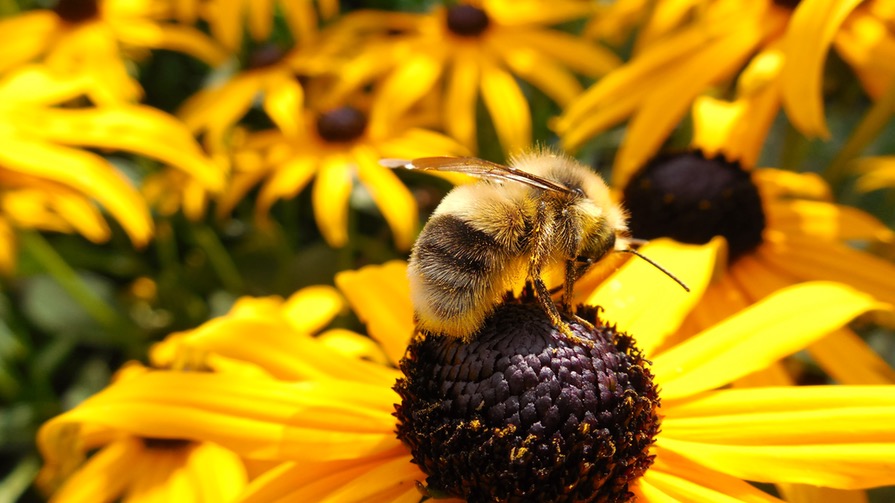

Besides, they both are non-carbonated drinks.Both nectar and juice are types of fruit drinks.Many store-bought juices have fiber and pulp removed, but some people like orange juice with a lot of pulp. Also, we can easily make them at home using hand or electric juicers. For example, orange juice comes from squeezing oranges, and tomato juice comes from squeezing tomatoes. To make juice, we use machines to squeeze or grind fruits and vegetables without heat or special chemicals. We commonly consume it as a beverage or use it as an ingredient or flavoring in foods or other beverages like smoothies. Juice is a drink we make from fruits and vegetables by squeezing or pressing out their liquid.

But in New Zealand, “juice” is a sweetened drink, and “nectar” means pure fruit. In the US and UK, “fruit juice” must be 100% pure juice, while “nectar” can have water added and other things like sweeteners and preservatives. In the beverage industry, the two terms “fruit nectar” and “fruit juice” mean two different things. Moreover, if the nectar is made without added sugar or with less sugar, it can be replaced with artificial sweeteners. But, according to the rules in a European Union document called the EU Fruit Juice Directive, up to 20% of the weight of fruit nectar can contain sugar or honey. Moreover, it usually contains between 25% and 50% actual fruit. However, the nectar can be made from one kind of fruit or a mixture of different fruits. Fruit nectar can have added fragrances, flavors, fruit bits, and juice as long as they all come from the same type of fruit. It has not gone through fermentation but can be fermented. – Comparison of Key Differences Key Termsįruit nectar is a drink made by mixing fruit juice, puree, or concentrates with water and sometimes sugar, honey, syrup, or other sweeteners.

However, there is a distinction between the two names, nectar and juice especially, in countries like the United Kingdom and the United States. Nectar and juice are two product names we use to describe fruit juices. Some are universal whereas some are specific to an individual work.The main difference between nectar and juice is that juice refers to beverages that are 100% pure juice, whereas nectar refers to beverages that are diluted with water and contain additives in addition to fruit juice. Imagery Writing/Images that appeals to our senses - sight, sound, smell, touch, taste Tactile Imagery Writing/Images that appeals to our sense of touch/feel Visual Imagery Writing/Images that appeals to our sense of sight Gustatory Imagery Writing/Images that appeals to our sense of taste Auditory Imagery Writing/Images that appeals to our sense of hearing Peripeteia A sudden unexpected change in events or a reversal of circumstances a turning point Alliteration The repetition of consonant sounds at the beginning of words next to or located in close proximity Protagonist The main character of a literary work who is usually striving to achieve a goal Antagonist The character who opposes the protagonist or blocks his/her ability to achieve the desired goal Conflict The struggle that arises out of the interplay between two opposing forces Theme What the author wants the reader to know about life and the human condition Symbol something that is itself and also stands for something else. Tone is often produced through the careful selection of dictation, details, images, and even punctuation. Setting The time and place of a literary work Tone The author's attitude toward his subject.


 0 kommentar(er)
0 kommentar(er)
